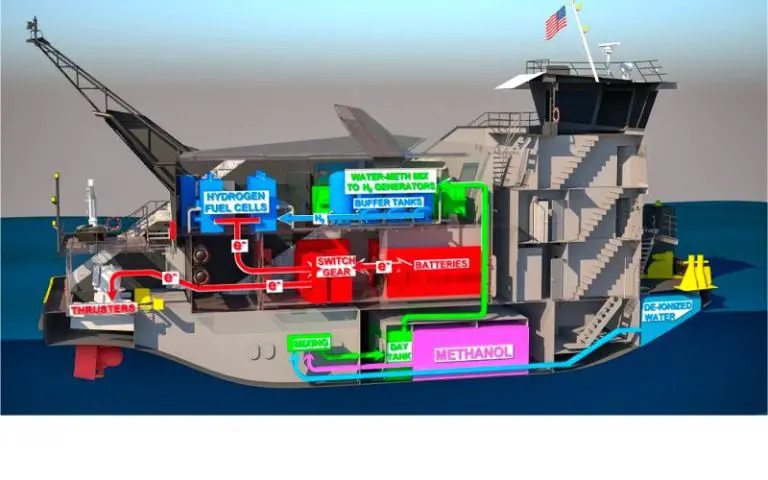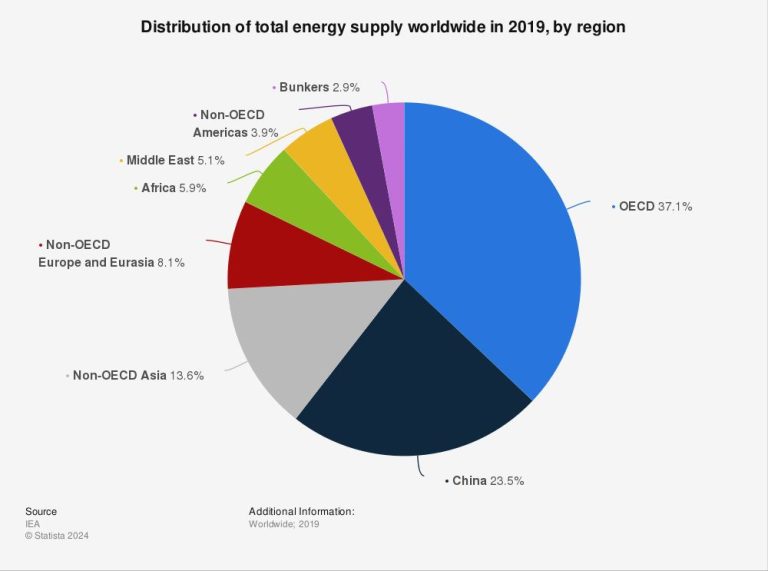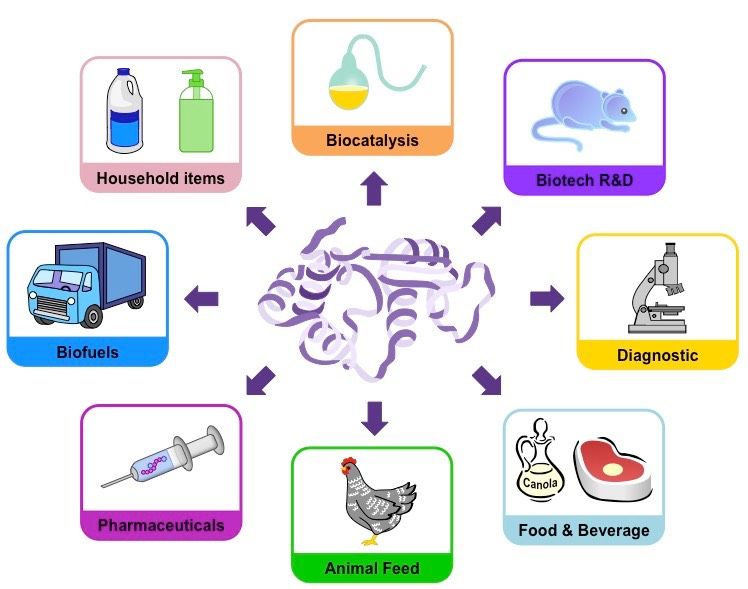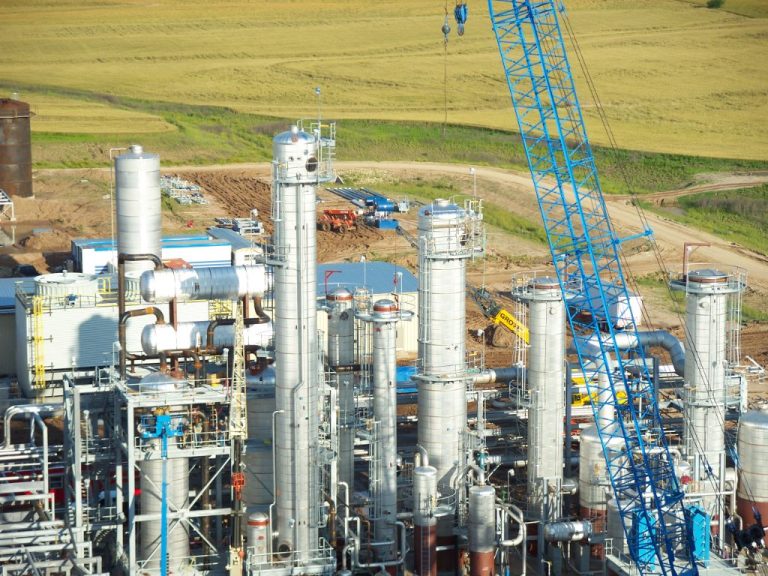Is Biomass Energy Cheap?
Biomass energy is energy that is generated from organic matter, such as plants, agricultural waste and forest residues. It is considered a renewable energy source because the organic materials it comes from can be replanted and regrown over relatively short periods of time compared to fossil fuels, which take millions of years to form.
The cost of biomass energy can vary greatly depending on the specific technology and fuel source used. Overall, it tends to be more expensive than conventional fossil fuel sources, but cheaper than other renewable sources like solar and wind energy. The main costs associated with biomass energy are the capital costs of constructing the power plants, as well as ongoing fuel, operation and maintenance costs. However, costs are continuing to come down as conversion technologies improve and supply chains mature.
Upfront Costs
Building a biomass energy facility requires significant upfront investment. The costs include purchasing land, constructing the plant and facilities, purchasing and installing equipment like boilers and generators, and integrating systems for receiving and processing biomass fuel.
For large utility-scale biomass plants, construction costs range from $3,000 – $4,500 per kilowatt of generating capacity. A 50 megawatt plant could cost $150 million to build. Smaller distributed scale plants for businesses or communities are in the $5 million to $30 million range.
There’s also cost for establishing the supply chain to harvest, collect, process and transport biomass fuel on an ongoing basis. Fuel production costs depend heavily on the type of biomass. Purpose-grown energy crops can cost $50-$100 per dry ton, while waste residues like wood chips may range from $20-$50 per dry ton. Transporting bulky biomass material to facilities adds to costs as well.
Operating Costs
The main operating costs for biomass plants are fuel costs and maintenance/labor costs. Fuel costs can account for 20-50% of the total operating costs of a biomass power plant[1]. Wood pellets, a common biomass fuel, currently cost around $150-200 per ton[2]. At larger utility-scale biomass plants (50+ MW), wood fuel costs around $3 per MWh of generation[3]. The costs can be much higher for smaller distributed generation systems.
Maintenance and labor expenses are the other major operating cost component. Biomass plants require more maintenance and labor than fossil fuel plants due to the handling and processing of solid fuel. Maintenance costs are estimated at $0.007 per kWh and labor around $0.015 per kWh generated[4]. These maintenance and labor expenses can account for 30-40% of operating costs[1].
Government Incentives
The federal government offers various incentives to encourage the production and use of biomass energy. These include tax credits, grants, and loan guarantees.
For example, there is a federal tax credit available for homeowners who install high-efficiency biomass stoves that reduce energy consumption by at least 75%. Qualified stoves are eligible for a tax credit of $300. Additionally, any combination of biomass stoves, heat pumps, and heat pump water heaters qualifies for an annual total tax credit limit of $2,000.
The USDA provides grants and loan guarantees for the development of biofuels and biobased products through its Biorefinery Assistance Program. This aims to increase energy independence, promote resource conservation and diversification, and support sustainable economic development in rural communities.
Other federal agencies like the DOE and EPA also offer grants to support biomass research and development. These help fund pilot projects, feasibility studies, and demonstrations that advance biomass technologies.
Health and Environmental Costs
Biomass energy can have significant health and environmental costs if not managed properly. Biomass combustion produces air pollutants like particulate matter, nitrogen oxides, carbon monoxide, volatile organic compounds, and other harmful chemicals.
According to a study by the Union of Concerned Scientists, biomass power plants produce higher levels of air pollution per megawatt hour than coal plants. Fine particulate matter from biomass facilities could contribute to 3,300 premature deaths annually by 2030 if use continues growing without updates to reduce pollution.
Exposure to particulate matter and other biomass air pollutants has been linked to increased respiratory and cardiovascular diseases. One study found that each ton of open biomass burned produces air pollution damages estimated at $4.45 in social costs. Proper management and pollution control systems can help reduce health and environmental impacts.
Comparisons to Fossil Fuels
When comparing biomass to fossil fuels like coal and natural gas, biomass can be competitive in terms of costs in some situations. According to the Comparing Costs article, biomass had a similar total plant cost per kW to coal at $3,900 to $4,400 for biomass compared to $2,000 to $2,300 for coal. However, coal plants often have lower efficiency than biomass plants which can impact overall costs.
For natural gas, costs can vary greatly by region. According to Compare biomass fuel with coal and natural gas, the price of natural gas is often higher than both biomass and coal. But natural gas plants may have lower upfront capital costs compared to biomass.
In general, while fossil fuel costs fluctuate, biomass costs can be relatively stable if sourced locally. This predictability can be advantageous for biomass. However, biomass does not benefit from the same scale of infrastructure, supply chains and technology advancements seen in more established fossil fuel energy sources.
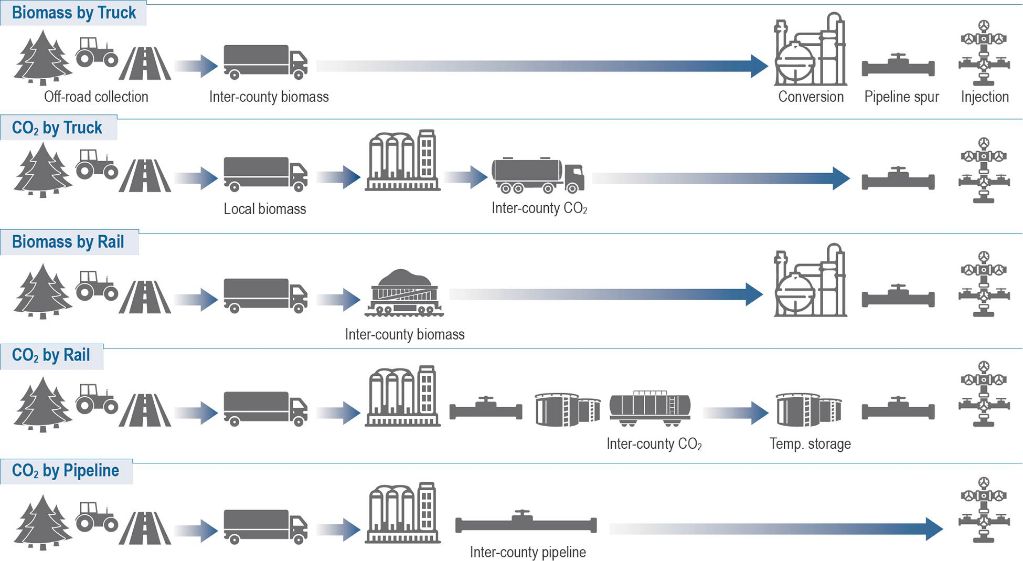
Comparisons to Other Renewables
Biomass energy is often compared to other renewable energy sources like solar, wind, and hydropower in terms of cost and efficiency. According to the Solar Power Guide (https://solarpower.guide/solar-energy-insights/energy-ranked-by-cost), biomass energy costs around $89.21 per megawatt hour, while utility-scale solar energy costs around $36.99 per megawatt hour. This suggests that solar energy is more cost-effective than biomass energy.
With wind energy, costs range from $28.26 per megawatt hour for onshore wind to $83.38 per megawatt hour for offshore wind. So wind energy, especially onshore wind, is generally cheaper than biomass. For hydropower, costs range from $37.98-$80.80 per megawatt hour depending on the size of the hydroelectric plant. This indicates that hydropower can be competitive with or cheaper than biomass energy in terms of cost per megawatt hour.
In terms of efficiency, biomass power plants generally operate at around 20-40% efficiency in converting the chemical energy in biomass to electricity. In comparison, the average solar panel today converts 17-22% of sunlight into electricity, while modern wind turbines reach 35-45% efficiency at converting wind energy to electrical energy. The most efficient hydropower facilities can be over 90% efficient. Therefore, biomass energy has lower efficiency levels compared to other major renewable resources.
Future Cost Projections
The cost of biomass energy is projected to decrease in the future due to technological improvements and economies of scale. According to a report by IRENA, the levelized cost of electricity from biomass is expected to decline from $0.078/kWh in 2015 to $0.063/kWh in 2025.
Some of the key technological improvements that will lower costs include:
- More efficient biomass generators and turbines
- Advanced combustion and gasification techniques
- Lower-cost feedstock pre-processing
As the biomass power industry matures and expands, increased economies of scale will also reduce costs. Larger and more optimized biomass plants, as well as consolidated feedstock supply chains, can lower capital and operating costs per unit of energy produced.
According to the IRENA report, projections indicate biomass electricity costs falling by 14-26% by 2025 compared to 2015. However, realizing these cost declines will require continued technology development and sustained policy support for biomass energy.
Challenges
While biomass energy offers many benefits, it also faces some key challenges. One major challenge is competition for biomass resources. As demand for biomass energy increases, it can drive up prices for wood, crops, and waste materials that serve as feedstocks. Industries that rely on biomass for production can compete with biomass power plants for these limited resources (https://www.eubia.org/cms/wiki-biomass/biomass-resources/challenges-related-to-biomass/). This competition can make sourcing affordable biomass difficult.
Another significant challenge is the difficulties surrounding biomass transport and storage. Biomass feedstocks like wood chips, agricultural residues, and municipal solid waste are bulky and costly to transport long distances. They also require a large amount of storage space. Transporting and storing biomass adds complexity and expense compared to fossil fuels (https://www.linkedin.com/advice/1/what-benefits-challenges-using-biomass). Advancements in logistics and infrastructure can help make biomass more viable and cost-effective.
Conclusion
In summary, the costs of biomass energy are determined by several factors. The upfront costs of building a biomass facility and procuring the feedstock can be high compared to fossil fuels. However, the operating costs are often lower since the fuel itself is cheaper. Government incentives can help offset some of the initial expenses.
While biomass emits fewer greenhouse gases than fossil fuels, there are concerns over air pollution and sustainability practices that add hidden health and environmental costs. Overall, biomass tends to be more expensive than other renewable sources like solar and wind, but cheaper than fossil fuels like coal and natural gas.
The cost-competitiveness of biomass depends greatly on the feedstock source, government policy, and emerging technologies. If sustainability challenges can be addressed and costs further reduced through innovation, biomass could play a greater role in the renewable energy mix of the future.

